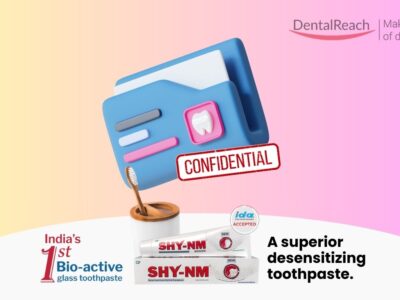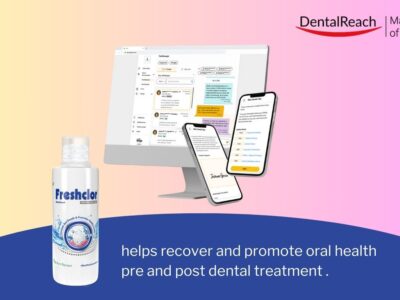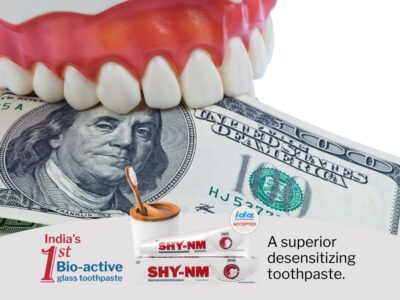We often come across various personalities amongst our patients, and satisfying all types of personalities can be challenging. Most patients have delicate and fragile egos, and any mishandling may cause awkward situations in clinics, ranging from non-verbal disappointments to ugly fights with staff.
Dental patients may have fragile egos for several reasons.
- One possible reason is that dental issues can be seen as a reflection of personal hygiene and self-care. When patients experience dental problems, they may feel embarrassed or ashamed, leading to a fragile ego.
- Additionally, dental procedures can be invasive and uncomfortable, causing patients to feel vulnerable and anxious. The fear of judgment or criticism from the dentist or dental team may further contribute to a fragile ego.
It’s important for dental professionals to approach each patient with empathy, understanding, and respect. By creating a supportive environment where patients feel heard and valued, we can help alleviate their fragile egos and make their dental experience more positive. Let us delve into four major personality types with their specific issues and possible solutions.
Perfectionists
Issue: Obsessive focus of on achieving flawless results, leading to nitpicking, dissatisfaction, and potential conflict with staff.
Solution:
- Pre-Consultation: Discuss realistic expectations, showcase before-and-after examples, and emphasize the natural variations in smiles. Show 3D, physical samples of dentures, crowns and bridges to ensure expectations are on the same page.
- Incremental Approach: Offer staged procedures with clear milestones, allowing them to adjust expectations and build confidence.
- Positive Reinforcement: Celebrate progress, highlight improvements, and focus on positive outcomes.
- Clear Boundaries: Establish realistic expectations for revisions and explain potential limitations. Reinforce that post procedure, maintenance of the treatment/ restoration/ prosthesis depends upon the patient – whether its abiding by the post-op instructions, maintaining good oral hygiene or showing up at follow-ups.
Image-Conscious
Issue: Prioritizing esthetics over oral health, neglecting preventive care and potentially seeking unnecessary procedures.
Solution:
- Focus on Function and Health: Explain the connection between oral health and overall well-being. Explain the importance of posterior teeth and reinforce that they are as important as anterior teeth.
- Offer Esthetic Solutions: Combine preventive care with cosmetic options like teeth whitening or minimally invasive smile enhancements like tooth jewellery.
- Partner with Stylists: Collaborate with stylists to showcase how a healthy smile complements their overall image.
- Digital Media Outreach: Share stories of patients who prioritize both health and esthetics, demonstrating the positive impact.
Anxious Patients
Issue: Fearful of dental procedures, prone to anxiety, and potentially experiencing panic attacks.
Solution:
- Relaxation Techniques: Offer aromatherapy, guided meditation, or music therapy to reduce stress.
- Pain Management Options: Discuss various pain management methods and provide control over the experience.
- Open Communication: Encourage questions and concerns throughout the procedure, reassuring them of their safety and comfort. Identify if patient wants every step to be explained in simple terms, or prefers to finish off the procedure without knowing much detail.
- Sedation Options: Discuss sedation options for patients with severe anxiety, ensuring a calm and comfortable experience. Oral anxiolytic drugs, after taking proper medical history, is also a good option.
Control Freaks
Issue: Resistant to recommendations, demanding control over treatment plans, and potentially challenging staff authority.
Solution:
- Collaborative Approach: Involve them in decision-making, offering options and explaining the rationale behind each suggestion.
- Education and Resources: Provide detailed information about treatment options and potential outcomes, empowering them with knowledge.
- Respectful Negotiation: Acknowledge their concerns and preferences, but maintain professional boundaries and explain limitations. Taking signatures on informed consent forms is a must for such patients.
- Focus on Shared Goals: Emphasize the collaborative effort towards achieving their desired outcome. Reinforce that post procedure, maintenance of the treatment/restoration/prosthesis depends upon the patient – whether its abiding by the post-op instructions, maintaining good oral hygiene or showing up at follow-ups.
By implementing these solutions, you can build trust and positive relationships with patients with fragile egos, ensuring a more fulfilling and rewarding experience for both you and your patients.
Remember – empathy, patience, and a flexible approach are key to navigating delicate interactions and creating a dental practice that caters to all your patients, regardless of their unique needs and personalities.
Feel free to adapt and expand on these points with specific examples and anecdotes relevant to your magazine’s audience and style. Your creativity and insights will make the content even more engaging and informative for your readers.
You can read more about patients personality traits here.
I’m excited to see how you bring this concept to life!




















Comments